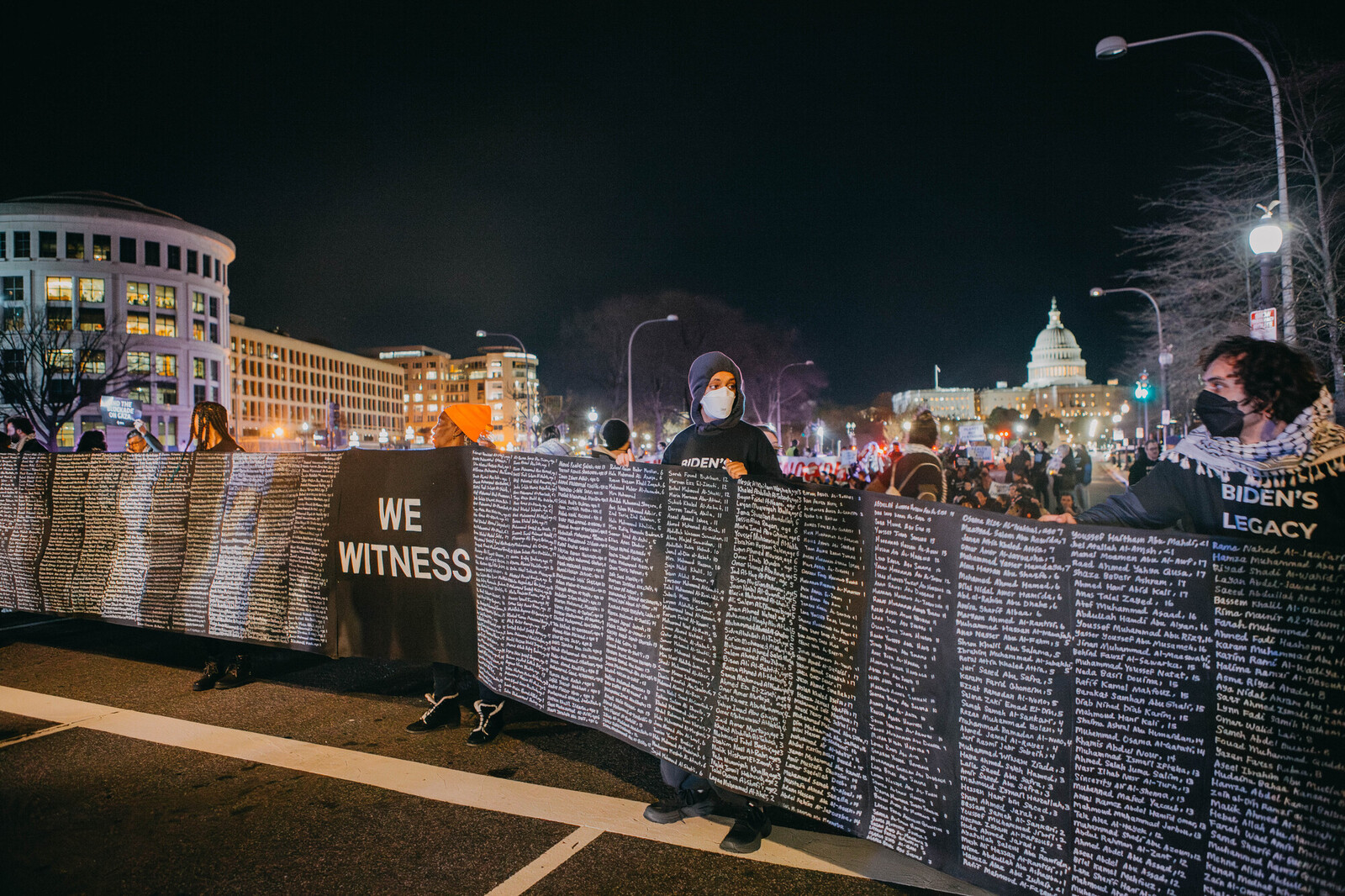After receiving the text for the ad quoted above, a representative from the advertising team suggested AFSC use the word “war” instead of “genocide” – a word with an entirely different meaning both colloquially and under international law. When AFSC rejected this approach, the New York Times Ad Acceptability Team sent an email that read in part: “Various international bodies, human rights organizations, and governments have differing views on the situation. In line with our commitment to factual accuracy and adherence to legal standards, we must ensure that all advertising content complies with these widely applied definitions.”



Look, I know it’s hard for you to read any of these sources, but they completely prove you wrong.